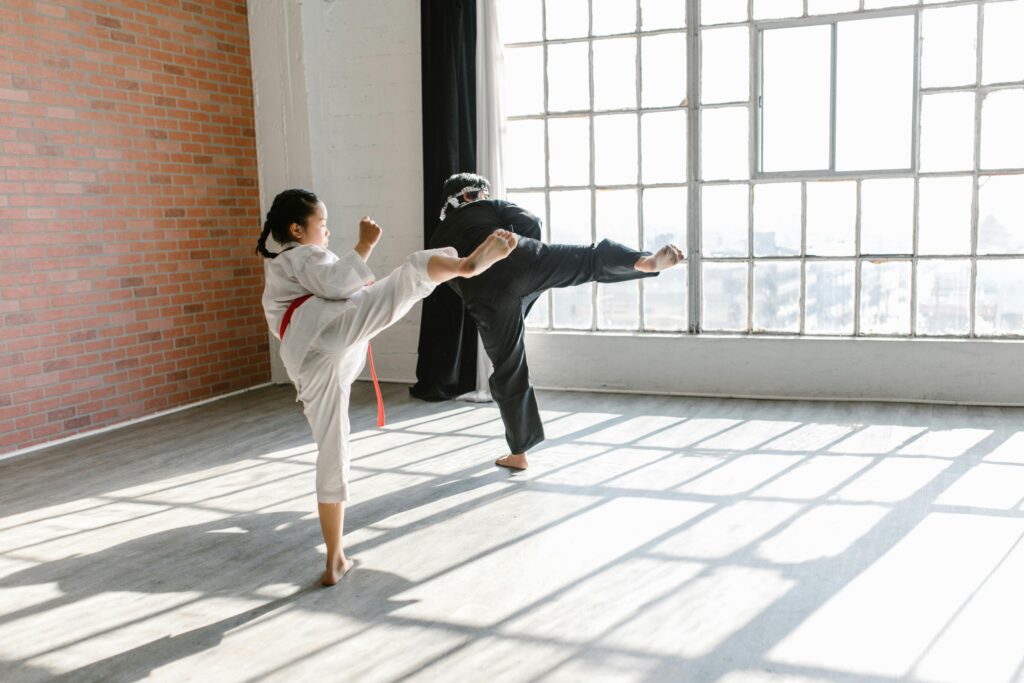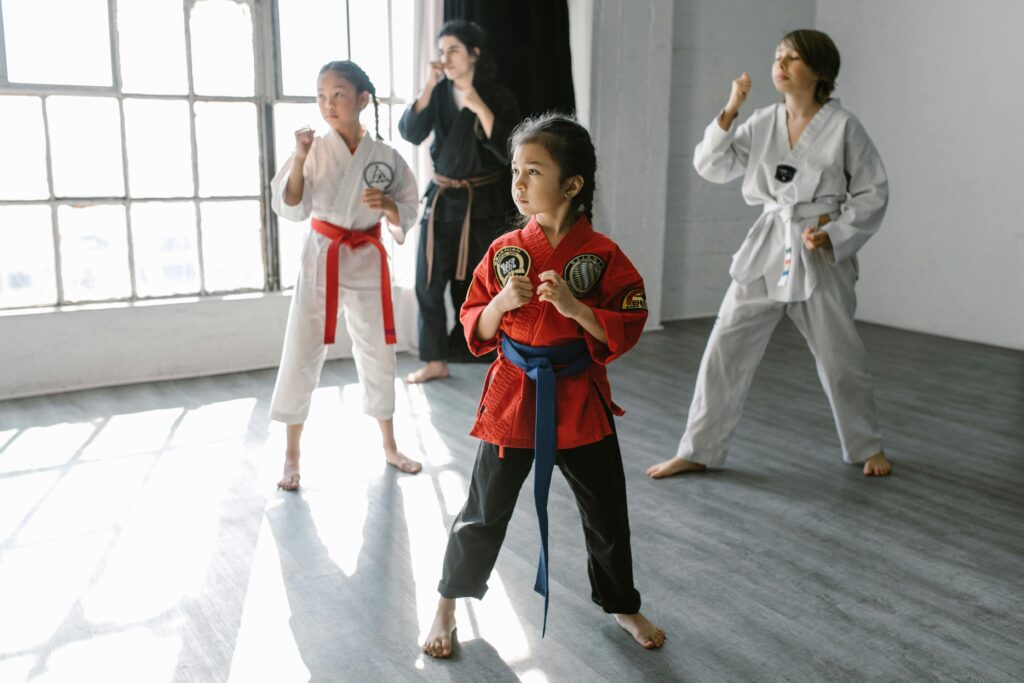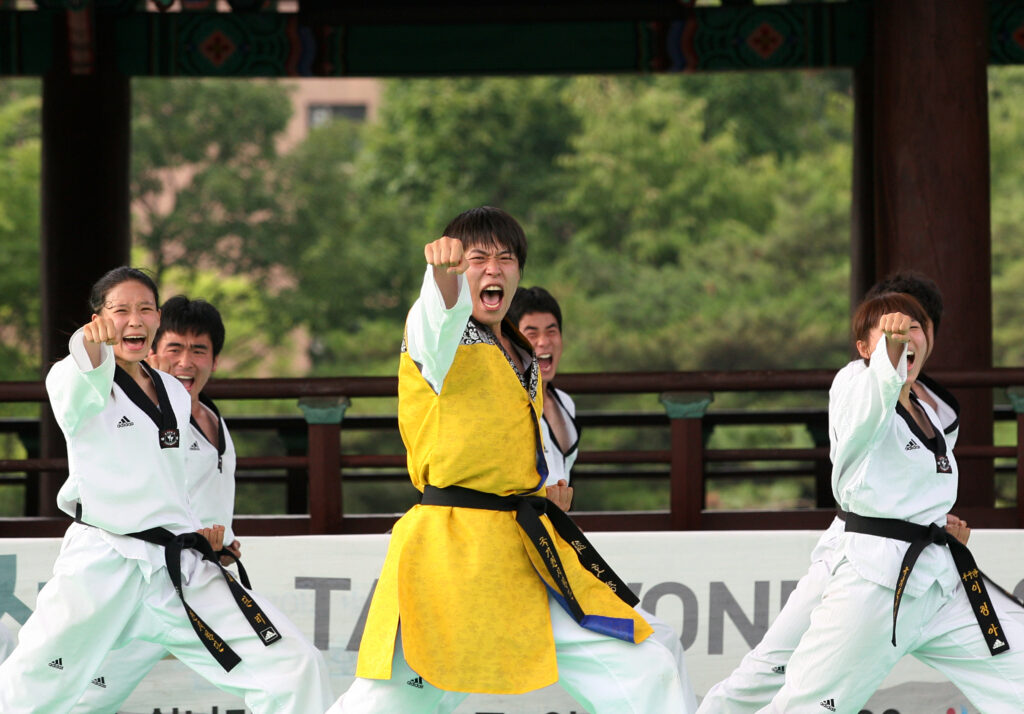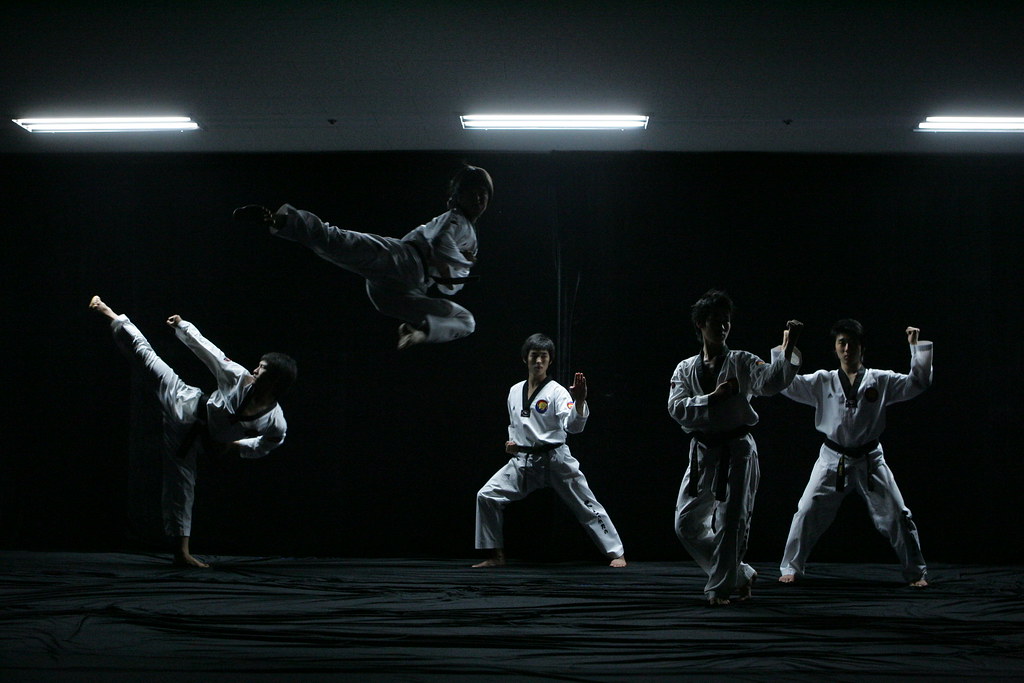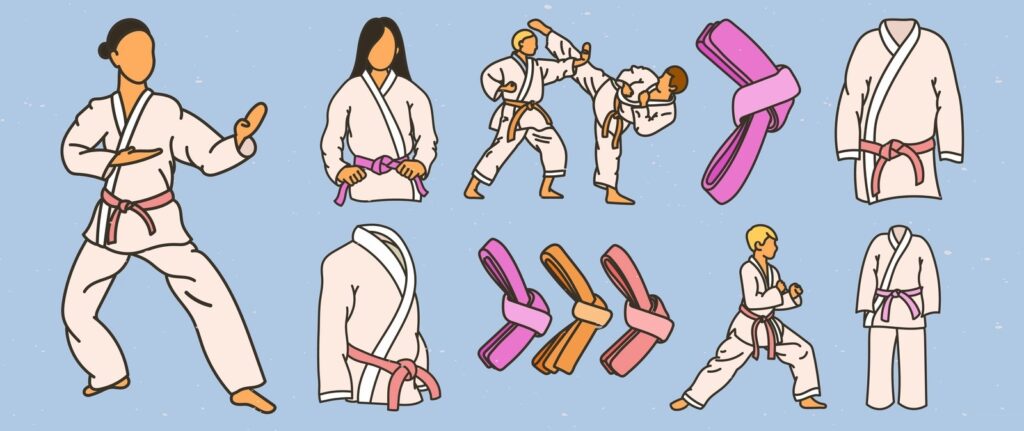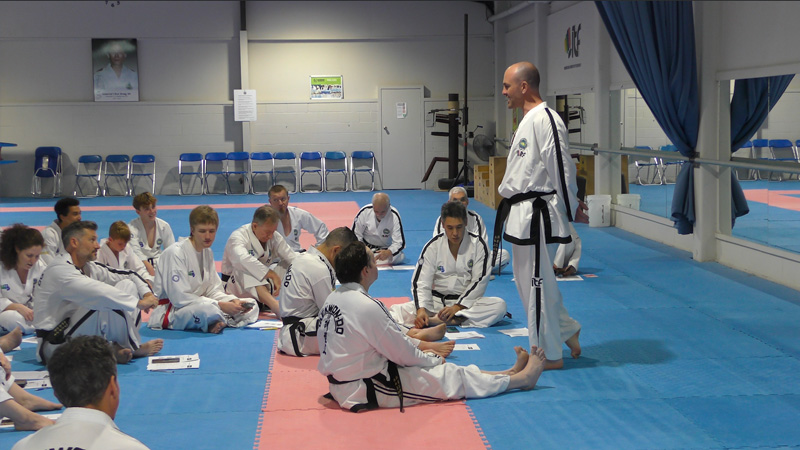7 Safety Tips for Power Breaking in Taekwondo
7 Safety Tips for Power Breaking in Taekwondo
Power breaking in Taekwondo is one of the most exciting and challenging demonstrations of skill, focus, and strength. Whether it’s smashing wooden boards, concrete tiles, or even ice blocks, this art form shows the incredible control that Taekwondo practitioners develop through training. But with all that power comes responsibility — safety is key.
In this guide, we’ll walk through the most important safety practices every student, instructor, and parent should know about Power Breaking in Taekwondo. From understanding technique to choosing the right equipment, each section is designed to help you stay safe, confident, and motivated in your Taekwondo journey.
Suppose you’re new to Taekwondo or want to improve your performance. In that case, this article will help you understand how to protect yourself while mastering Power Breaking in Taekwondo — an essential part of traditional and modern Taekwondo training.
What Is Power Breaking in Taekwondo?
Power Breaking in Taekwondo is a test of controlled strength, technique, and focus. It’s not about brute force — it’s about precision. The goal is to channel your energy (or ki) through proper Taekwondo techniques to break solid materials like boards or bricks.
Power Breaking in Taekwondo also plays a role in competitions and rank testing. In many Taekwondo schools, including Songahm Taekwondo, traditional Taekwondo, and World Taekwondo styles, breaking demonstrates a student’s mastery of technique, focus, and body alignment.
You might see variations such as:
- Hand techniques: Knifehand strike (sonkal taerigi), hammer fist (me jumeok), palm heel strike.
- Kicking techniques: Side kick, turning kick, or back kick.
- Jumping breaks: Used in advanced levels to display precision and timing.
Before we dive into the safety tips, let’s understand why safety matters so much. Even small mistakes can lead to hand, wrist, or foot injuries, especially for children or beginners. Proper guidance, preparation, and mindset are what separate safe practice from risk.

1. Always Start with Proper Warm-Up and Stretching
Why Warming Up Matters
Before attempting any Power Breaking in Taekwondo, a warm-up is essential. It prepares your muscles and joints for impact and improves flexibility. Cold muscles are more likely to strain or tear under stress.
Focus on:
- Gentle jogging or jumping jacks (3–5 minutes)
- Dynamic stretches for the legs, arms, and shoulders
- Light shadow kicking (front, side, and round kicks)
Stretching helps improve control during powerful moves like the Taekwondo side kick or back kick, which are often used in breaking demonstrations.
Children’s Taekwondo and Warm-Ups
For kids, warm-ups should be playful but purposeful — short runs, skipping, or balance exercises. It builds both flexibility and discipline. If you’re a parent, always ensure your child’s class includes a warm-up before attempting breaking drills. For more guidance, visit our Help & Support page for student safety resources.
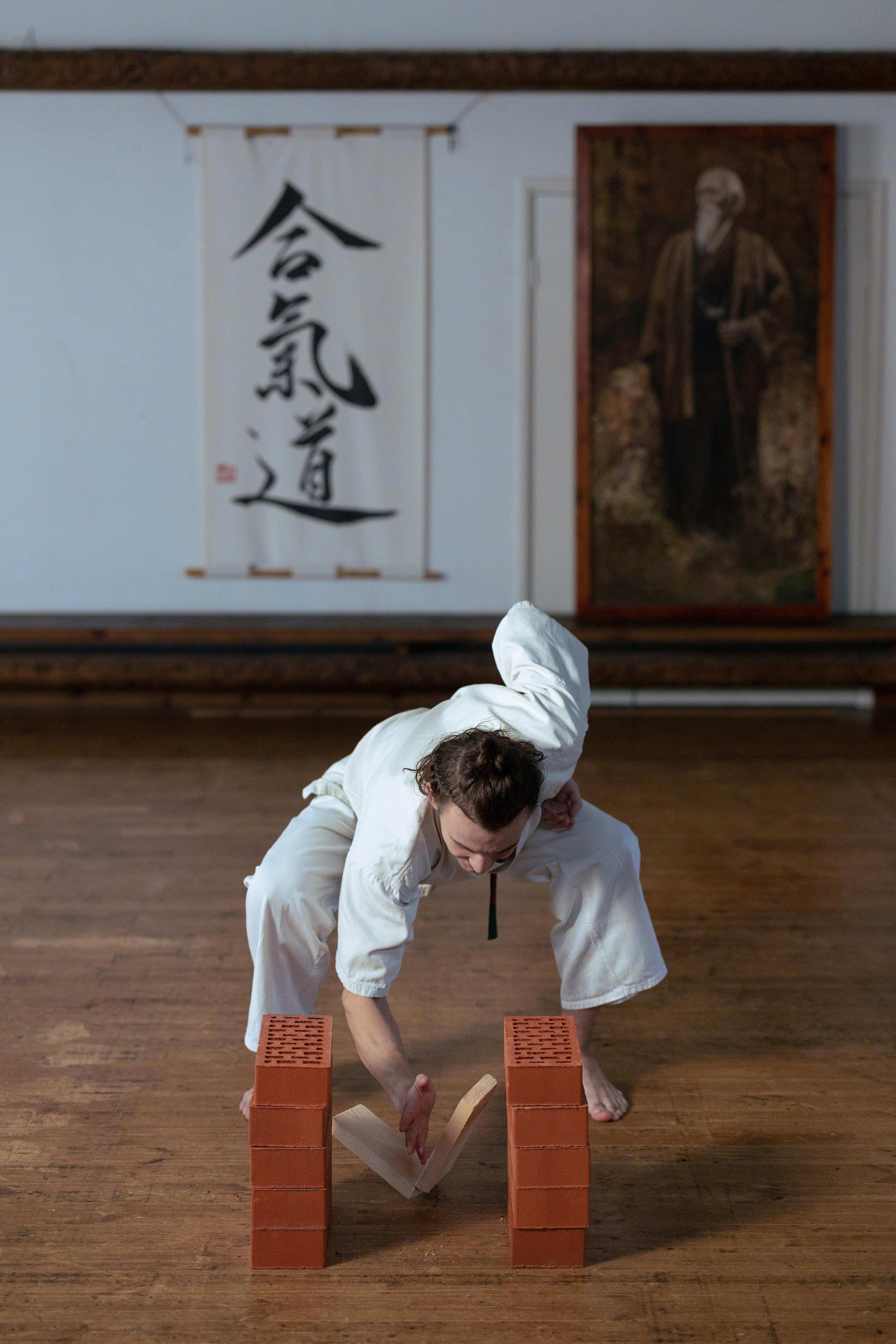
2. Learn the Correct Technique Before Attempting a Break
The most important part of safe Power Breaking in Taekwondo is understanding how to strike. It’s not about hitting hard — it’s about proper body alignment, balance, and follow-through.
The Role of Technique
A skilled Taekwondo student learns to generate power through hip rotation, core control, and breathing. This precision ensures that the strike impacts the target correctly, reducing the risk of injury.
Some commonly used techniques include:
- Knifehand Strike (Sonkal Taerigi)
- Hammer Fist (Me Jumeok Naeryo Chigi)
- Side Kick (Yop Chagi)
- Back Kick (Dwit Chagi)
If you are unsure of your form, review poomsae (patterns) that strengthen your basics before attempting a full break. Practicing with a certified instructor — like those from Our Expert Coaches — ensures you’re developing safe habits.

3. Choose the Right Equipment and Setup
The Breaking Boards and Stands
Always start with rebreakable or thin wooden boards designed for beginners. Avoid trying to break concrete or bricks unless you’ve been specifically trained for it. Boards should be supported on solid holders and positioned at the correct height for your strike.
If your Taekwondo school uses Adidas Taekwondo shoes, helmets, or protective padding, make sure your gear fits properly. Wearing quality Taekwondo equipment helps prevent foot, hand, and wrist injuries.
Children’s Safety Equipment
For children’s classes, always use soft, rebreakable boards. These boards are ideal for developing confidence without unnecessary risk.
You can find quality training gear at the TKD Shop and explore the right Taekwondo uniform (dobok) and protective gear suitable for your level.

4. Mental Focus and Breathing Control
The Mind Behind the Break
Taekwondo is not just a physical discipline — it’s a mental one. Power Breaking in Taekwondo requires absolute focus and confidence. Many injuries happen when the mind hesitates mid-strike.
Proper breathing helps you stay calm, balanced, and in control. In Taekwondo, exhaling sharply during the strike helps channel energy and maintain body stability. This control is what transforms a regular punch into a powerful, effective break.
Building Focus in Children’s Taekwondo
For younger students, breaking teaches focus, patience, and belief in themselves. It’s one reason why children’s Taekwondo classes are such powerful tools for personal growth.
Learn more about how Taekwondo builds confidence and focus in kids through our educational blog posts in the Resources section.

5. Gradually Increase Difficulty
Start Simple, Progress Slowly
Begin with easy materials and basic techniques. Only move to thicker boards or more advanced breaking after you’ve mastered the fundamentals. Rushing progress can cause unnecessary injuries.
Instructors at professional schools — such as World Taekwondo Centers or USTA Taekwondo Academies — always emphasize gradual progress. Safety and skill development go hand in hand.
Avoid Overconfidence
Even experienced practitioners, including high-level athletes like Jade Jones, train with caution and discipline. Respect every level of training, from the white belt Taekwondo student to the black belts. Each step builds strength and skill safely.

6. Use Protective Gear During Practice
When practicing power breaking techniques, protective gear can help absorb shock and prevent minor injuries. This includes hand wraps, wrist guards, and sometimes shin or instep pads for kicking breaks.
For children and beginners, full gear is recommended during training sessions, especially in sparring or kick practice.
Recommended Gear
- Hand and wrist protection
- Shin guards for kicking practice
- Head protection when practicing jumping techniques
- Taekwondo shoes (Adidas or Mei) for better grip and control
If you need help choosing the right gear, visit our Help & Support page or explore the full collection in our Shop.
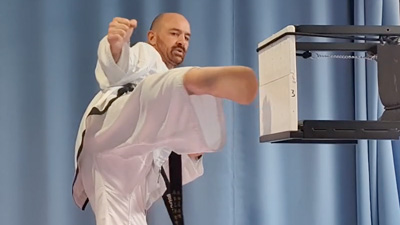
7. Train Under Qualified Supervision
Always Train with a Certified Instructor
Power Breaking in Taekwondo should never be attempted without proper supervision. A qualified instructor ensures your stance, technique, and mindset are correct before performing a break.
You can find trusted instructors and international Taekwondo experts in our Expert Coaches directory.
Why Supervision Matters
Even a small angle error can cause strain in your wrist or ankle. Having a mentor nearby helps correct your form instantly and keeps your progress safe and consistent.
If you want to explore detailed video lessons, check out our free tutorials and advanced training guides on the TKDCoaching YouTube Channel.
Extra Tip – Respect Your Limits
Every Taekwondo student should remember that strength grows with time and consistency. If your hand or foot feels sore, stop and rest. There’s no rush to break tougher materials. Respecting your body is part of Taekwondo’s philosophy — courtesy, integrity, perseverance, self-control, and indomitable spirit.
When practiced safely, breaking becomes not just a physical challenge but a lesson in patience and confidence.
Conclusion
Power breaking is one of Taekwondo’s most exciting arts. It shows the harmony of strength, technique, and focus — but above all, it reminds us of the importance of safety and discipline.
Whether you’re training at Master Kim’s Taekwondo, Polaris Taekwondo, or right at home, follow these seven essential safety tips to practice responsibly. Remember: every great martial artist starts with strong basics and a respect for the art.
If you’d like to go deeper into Taekwondo training, get exclusive access to tutorials, and improve your form, explore the Premium Membership on our website.
For questions or guidance, reach out via our Contact Us page — or browse our FAQ for quick answers.
Stay safe, train smart, and keep the spirit of Taekwondo alive!

